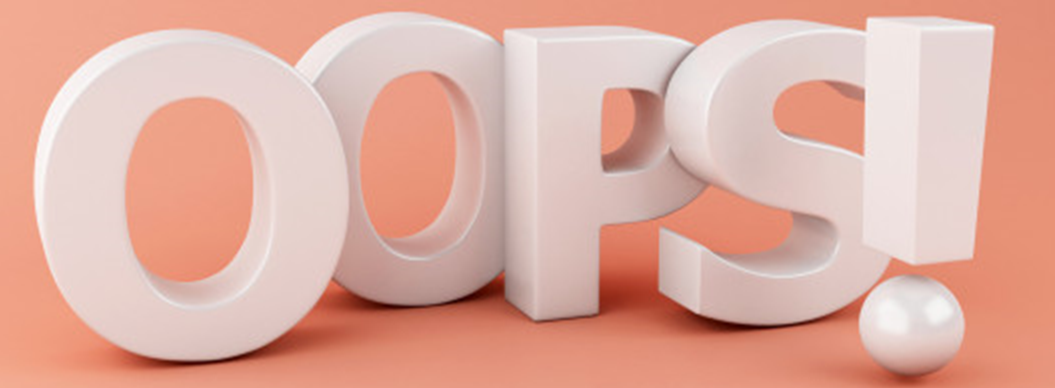On December 20, 2023, Brent will stop offering office hours.
- Video Course
- Video Course Overview
- General GMAT Strategies - 7 videos (free)
- Data Sufficiency - 16 videos (free)
- Arithmetic - 38 videos
- Powers and Roots - 36 videos
- Algebra and Equation Solving - 73 videos
- Word Problems - 48 videos
- Geometry - 42 videos
- Integer Properties - 38 videos
- Statistics - 20 videos
- Counting - 27 videos
- Probability - 23 videos
- Analytical Writing Assessment - 5 videos (free)
- Reading Comprehension - 10 videos (free)
- Critical Reasoning - 38 videos
- Sentence Correction - 70 videos
- Integrated Reasoning - 17 videos
- Study Guide
- Blog
- Philosophy
- Office Hours
- Extras
- Prices

